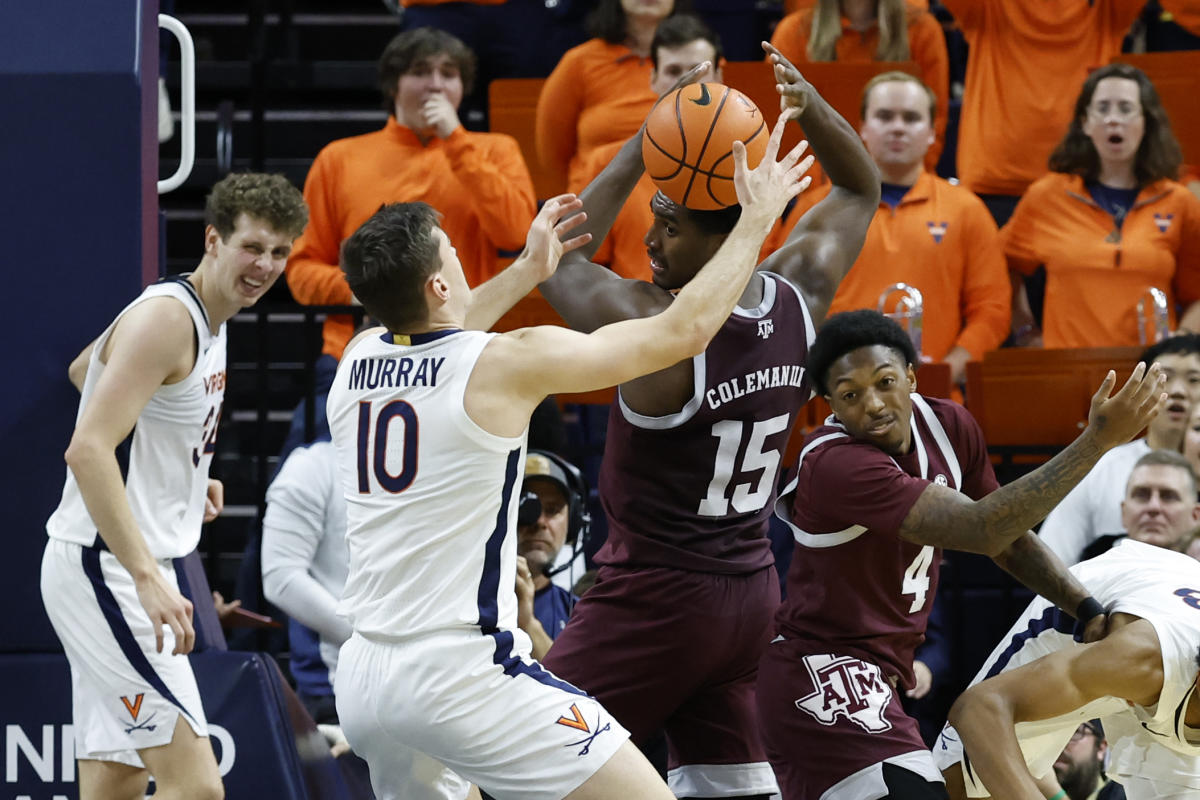Innovation and change are prevalent in college football during the 2023 season. Last year, Tennessee’s fast-paced offense stole the show with quarterback Hendon Hooker’s strong arm and receiver Jalin Hyatt’s speed. However, this season, it’s Washington’s offense that is making waves. The numbers speak for themselves: Washington leads the nation in producing 569.4 yards per game, with 446.4 of those coming through the air. Compared to Tennessee’s 2022 performance, Washington has gained 44 more total yards per game and 120 more passing yards per game. Washington’s offense is built on efficiency rather than explosiveness, but the explosive plays are a direct result of their efficiency. Surprisingly, they rely very little on the run game and rank 102nd nationally in rushing yards per game. The last time the top offense ranked 100th or below in rushing was in 2016 with Kliff Kingsbury’s Texas Tech unit. Washington’s run play percentage is 38.7, ranking them 127th, and 78.4% of their total yardage comes from passing, which is the sixth-highest percentage in the country. As the No. 7 Huskies gear up for their biggest game against rival No. 8 Oregon, it’s no secret that their focus is on quarterback Michael Penix Jr. and their passing game. “Washington doesn’t want to run the ball. It’s not their priority. They are all about protecting Penix and silently picking you apart in the pass game,” says an opposing defensive coach familiar with both teams.
Washington’s offensive innovation lies in their efficiency and simplicity. The core philosophy of their operation is creating space to exploit one-on-one advantages. They achieve this through three schematical approaches: creating horizontal stretches on underneath defenders, creating vertical stretches on deep defenders, and mastering individual route technique. Before delving into the specifics, it’s important to acknowledge the talent of quarterback Michael Penix Jr. He leads the nation in passing yards per game (399.8) and yards per attempt (11.2) and ranks third in passing touchdowns (16). His ability to quickly process information allows him to distribute the ball efficiently to an impressive receiving corps. Additionally, Washington’s offensive line has been exceptional, surrendering only three sacks in 202 dropbacks. They rank third in both pressure rate and sack rate allowed.
Schematically, Washington’s system is rooted in the Air Raid style, which head coach Kalen DeBoer has cultivated throughout his career. He brought offensive coordinator Ryan Grubb with him from Fresno State to implement the system. What sets Washington apart is the intelligence and comfortability of Penix, who previously worked with DeBoer at Indiana. Another key piece of the offensive triumvirate is wide receivers coach and pass game coordinator JaMarcus Shephard, who came from Purdue and has a deep understanding of route technique.
The first hallmark of Washington’s Air Raid system is the use of horizontal stretch concepts that put underneath coverage defenders in a bind. They often package these concepts as curl/flat combinations or high/low combinations. These concepts work effectively against one-high safety coverages, which Washington sees on nearly 70% of their snaps. What sets Washington apart is their design of these stretches into the boundary, using the running back to create horizontal stretches on outside linebackers. This opens up the curl window for receivers like Rome Odunze. In one example, if the outside linebacker covers the running back, it creates space for Odunze on the curl route. The system utilizes these horizontal stretches to create mismatches and convert important third downs.
In addition to horizontal stretches, Washington utilizes vertical stretch concepts to manipulate third-level defenders, particularly safeties. Contrary to common belief, vertical stretches are not just about going deep but require precise route technique. Washington excels at manipulating high-safety coverage through post routes. They teach their receivers to run to space in zone coverage rather than crossing the toes of the high safety. This allows them to create separation and make explosive plays. They also incorporate double-post concepts to put extreme stress on single high safeties who cannot cover both routes effectively. Washington’s creative use of vertical stretches has been instrumental in their success.
Washington’s offensive innovation, led by Penix, their outstanding offensive line, and the expertise of their coaching staff, has propelled them to the top of college football this season. They have mastered creating space to exploit one-on-one matchups, whether through horizontal or vertical stretches. As they prepare for their crucial matchup against rival Oregon, Washington’s offense will continue to rely on their efficient and simple yet highly effective approach.

Alex Martin is your guide to the global phenomenon of football. With a focus on international leagues and tournaments, he provides match commentary, player interviews, and behind-the-scenes stories from the world of football.




:no_upscale()/cdn.vox-cdn.com/uploads/chorus_image/image/72931262/usa_today_21973134.0.jpg)


